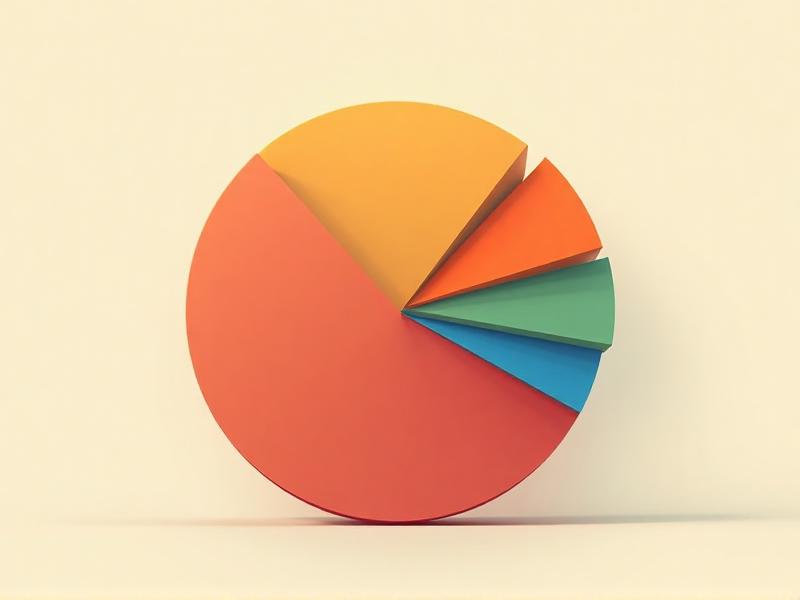Understanding High-Yield Savings Accounts
High-yield savings accounts have become increasingly popular among savers looking to maximize their returns on idle cash. Unlike traditional savings accounts, these accounts offer significantly higher interest rates, often several times the national average. But what exactly makes them different, and how do they work? High-yield savings accounts are typically offered by online banks or credit unions, which have lower overhead costs compared to brick-and-mortar institutions. This allows them to pass on the savings to customers in the form of higher interest rates. However, they often come with certain limitations, such as minimum balance requirements or limited access to physical branches.
The Advantages of High-Yield Savings Accounts
One of the most compelling reasons to open a high-yield savings account is the potential for higher returns on your savings. With interest rates often exceeding 1.5% or more, these accounts can help your money grow faster than traditional savings accounts. Additionally, high-yield savings accounts are typically FDIC-insured, meaning your deposits are protected up to $250,000 per account. This makes them a safe and reliable option for storing your emergency fund or saving for short-term goals. Another advantage is the ease of access. While they may not have physical branches, online banks often provide robust mobile apps and websites, making it simple to manage your money from anywhere.
The Drawbacks of High-Yield Savings Accounts
Despite their benefits, high-yield savings accounts are not without their downsides. One common drawback is the limited access to physical branches. If you prefer in-person banking or need immediate access to your funds, an online-only account might not be the best fit. Additionally, some high-yield savings accounts require a minimum balance to earn the advertised interest rate, which can be a barrier for those with limited savings. Another potential issue is the variability of interest rates. While these accounts often offer higher rates, they are not fixed and can fluctuate based on market conditions. This means your returns could decrease over time, making it harder to predict your savings growth.
Comparing High-Yield Savings Accounts to Other Savings Options
When deciding whether a high-yield savings account is right for you, it’s important to compare it to other savings options. Traditional savings accounts, for example, offer lower interest rates but may provide more convenience with access to physical branches. Certificates of deposit (CDs) offer fixed interest rates for a set term, but they come with penalties for early withdrawal. Money market accounts, on the other hand, often combine features of both savings and checking accounts, offering higher interest rates and limited check-writing abilities. Each option has its own pros and cons, and the best choice depends on your financial goals, risk tolerance, and liquidity needs.
Who Should Consider a High-Yield Savings Account?
High-yield savings accounts are particularly well-suited for individuals who have a stable emergency fund or are saving for short-term goals, such as a down payment on a house or a vacation. They are also a great option for those who are comfortable with online banking and don’t require frequent access to physical branches. However, if you’re looking for long-term investment growth or need more flexibility with your funds, other options like stocks, bonds, or retirement accounts might be more appropriate. Ultimately, the decision to open a high-yield savings account should align with your financial priorities and lifestyle.
Tips for Maximizing Your High-Yield Savings Account
To get the most out of your high-yield savings account, it’s important to shop around and compare rates from different banks. Look for accounts with no monthly fees or minimum balance requirements, as these can eat into your earnings. Automating your savings can also help you stay consistent and reach your goals faster. Additionally, keep an eye on interest rate trends and be prepared to switch accounts if a better offer becomes available. Finally, remember that high-yield savings accounts are just one piece of your financial portfolio. Diversifying your savings and investments can help you achieve a more balanced and secure financial future.
Common Misconceptions About High-Yield Savings Accounts
There are several misconceptions about high-yield savings accounts that can deter people from considering them. One common myth is that they are only for the wealthy. In reality, many high-yield savings accounts have low or no minimum balance requirements, making them accessible to a wide range of savers. Another misconception is that the higher interest rates are too good to be true. While it’s true that rates can fluctuate, high-yield savings accounts are legitimate and regulated by financial authorities. Finally, some people believe that these accounts are complicated to manage. However, with user-friendly online platforms and mobile apps, managing a high-yield savings account can be just as simple as a traditional one.
The Future of High-Yield Savings Accounts
As the financial landscape continues to evolve, high-yield savings accounts are likely to remain a popular option for savers. With advancements in technology, online banks are expected to offer even more user-friendly features and competitive rates. Additionally, as interest rates rise, the gap between high-yield savings accounts and traditional accounts may widen, making them an even more attractive option. However, it’s important to stay informed and adapt your savings strategy as needed. By keeping an eye on trends and regularly reviewing your financial goals, you can ensure that your savings continue to work for you in the years to come.











